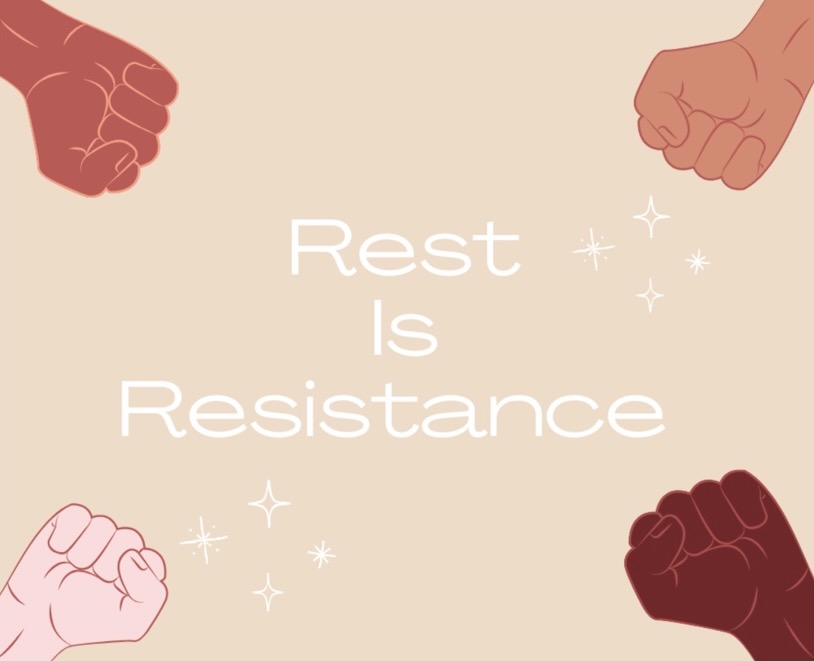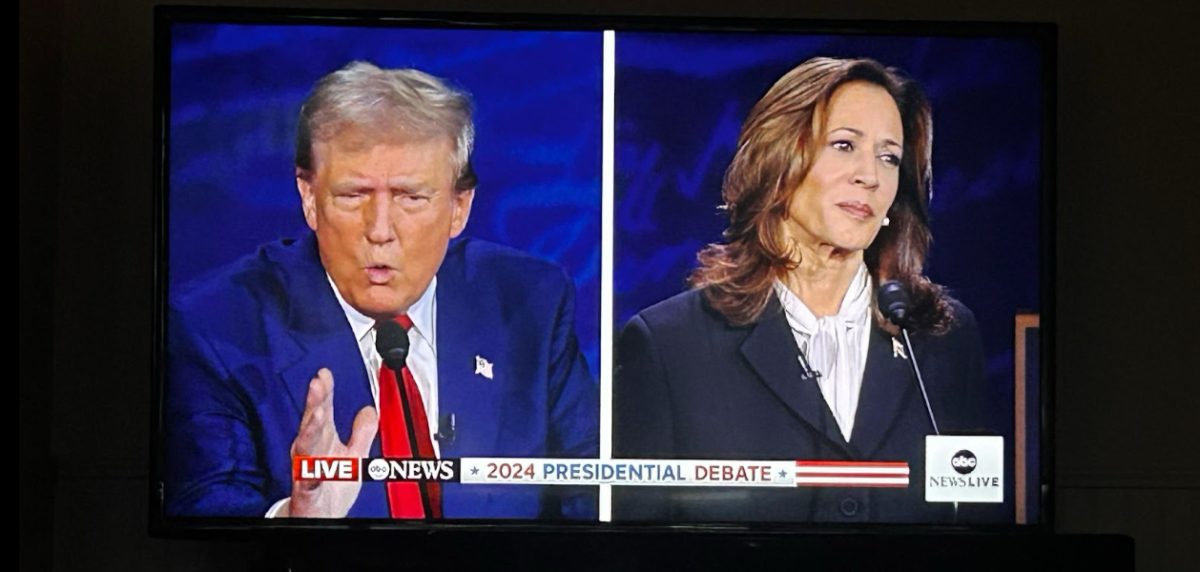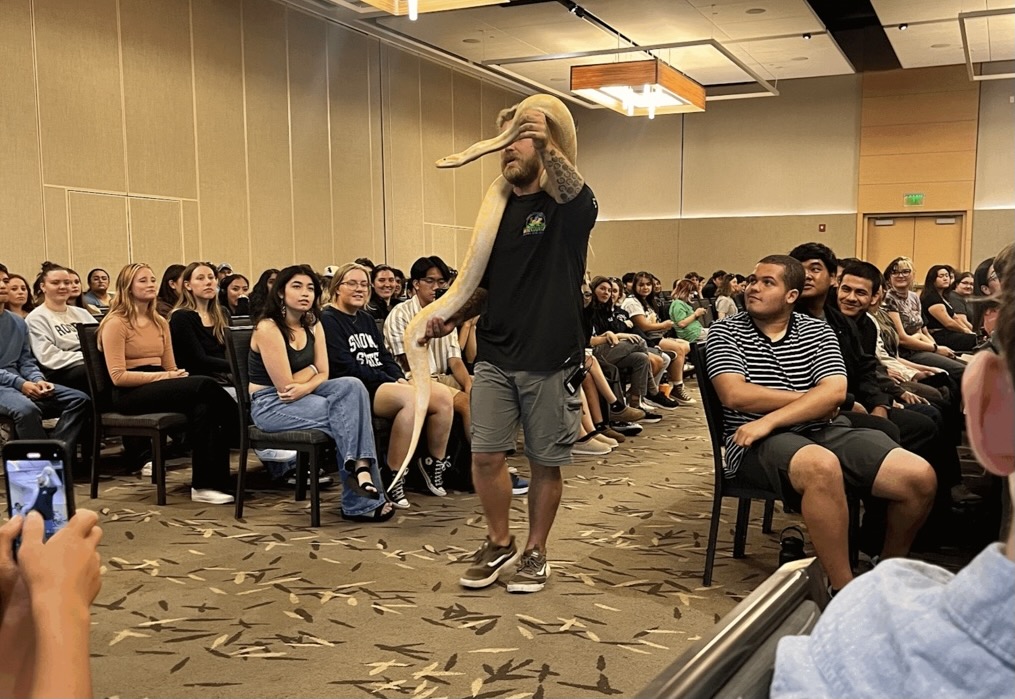African choreographer Chuck Davis once said, “To understand the culture, study the dance.” A concept embraced at the very heart of the Pacific Culture Night at Sonoma State University. The event, now in its fifth year, highlighted the power of the arts to connect all people from different cultures.
That power could be felt by the excitement of the audience cheering on their performing friends and peers at an almost full Person Theatre on last Thursday and Saturday night. Various cultural clubs on campus united with the Filipino-American Association of Sonoma State University (FAASSU) in orchestrating the event. Vice president of FAASSU Kristen LaForga and club member Giornel Seisa were enthusiastic and fun hosts, who both ensured there was not a dull moment by breaking up the show with games and raffles.
The night was kicked off with Samantha Basas singing both the American and Filipino national anthems. The performers donned the traditional dress of their ancestors and guided the audience on a journey across the islands of the Pacific in dance and song.
The Philippines was the first destination with a theatrical dance performance called Pasigin, meaning “fish net.” The playful choreography imagined by Bria Gabor and Kyle Her created a flirtatious “cat chases mouse” atmosphere as the dancers depicted excited fishermen catching fish, danced by females.
LaForga and Seisa articulated the history behind each dance with wit, allowing the meaning of the dances to translate across the culturally diverse audience. The night moved through the Pacific to the intense and sharp choreography of the New Zealand Haka, a traditional ancestral war cry. Following to organic and gentle movements of the Hawaiian hula and the energetic struts of hip hop by Bay Area dancers known as Joe and Gold.
Maydy Lo Victoria Vue and Der Lor of the Hmong Association spiced the program up by performing Zes Hmoob. The dance is an infusion of Hmong, an Asian ethnic group from the regions of China, Vietnam, Laos and Thailand, and traditional Thai dance.
“SSU hasn’t seen a Mong-Thai dance before so we decided we should showcase it,” said Lo.
Vue described performing at the event as “a perfect opportunity” to share their culture with the students of Sonoma State.
“It’s an honor to be part of [Pacific Culture Night], for us it’s really a way to showcase our culture at our school,” said Vue.
Danielle Zimmermann, treasurer of the Filipino-American Association, enjoyed the variety of cultural dances on show this year.
“It’s good to see a variety of cultural dances because you don’t really get that here at SSU. This is the only show that puts us [various cultural clubs] together for the campus,” said Zimmermann.
Freshman Matt Hollenbeck also enjoyed the variety of performances praising the event as “more entertaining than a lot of the things I’ve seen this year [on campus].”
“The hip hop was a surprise; I thought it was going to be all cultural stuff, stuff I don’t really understand. But it’s definitely pretty relatable,” Hollenbeck said.
The event’s fusion of modern and traditional cultural performances exceeded the expectations of freshman Markatta Flowers.
“At first I thought it was going to be very cultural and boring, but it’s not. They’re [FAASSU and other cultural clubs] open and do modern stuff,” said Flowers.
LaForga encouraged the audience to close their eyes and open up their ears as the event showcased its musical talent. The appropriated versions of popular songs were big crowd pleasers.
Basas’s moving performance of pop song, “All of Me” by John Legend with pianist Aaron Robinson left the crowd with goose-bumps. She later teamed up with musicians Sebastian Cardona, Shaun McGinley and John Coloma to perform as ‘Jammers’, the quartet sung several acoustic mix-ups of various hits from 90s hip hop to today’s hits.
A playful Filipino dance called Tikling concluded the evening. The dance originated from the native Filipino bird the Tikling, which has very long legs. Filipino folk music filled the theatre as the dancers imitated the Tikling bird’s movements as it would walk through various terrain, symbolized in the dance through the use of bamboo sticks.
Zimmerman said Pacific Culture Night has grown significantly since its inception five years ago. A transformation that Zimmerman is excited to continue to see grow in the future.
“Three years ago we were in Ives 101, that only holds 100 [people]. Now, [Pacific Culture Night] has grown into this huge production now, everything has grown,” said Zimmermann.




































